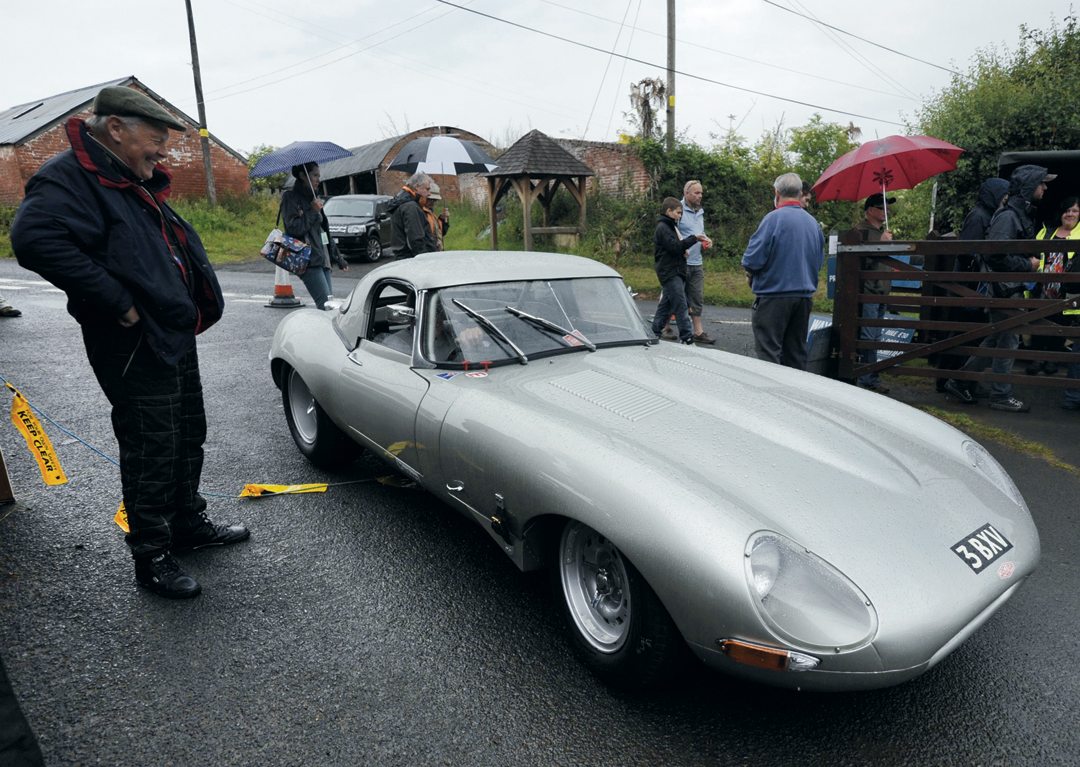I was involved with the E-Type Jaguar right from its inception, initially as an employee under the wing of Lofty England. Following my discharge from National Service in the RAF, I had some deferred service to complete, I met Lofty at the 1959 Le Mans 24-hour race—he offered me a job. My duties were two-fold, I had responsibilities within the service department and also as a liaison between Jaguar and privateer motor racing teams who raced the Jaguar 3.8-liter car, and a little later the Jaguar E-Type. I was also involved in the testing of the first E-Types and even entered the first race the car was entered in at Oulton Park, April 1961. Graham Hill won the race and Roy Salvadori was 3rd. Throughout the 1961 season I went to all the race meetings where Jaguars were entered and later became involved in the development of the lightweight E.
It was a pretty significant time, the car was a sensational piece of engineering and design, it was a futuristic shape, too. The initial interest in the car was quite staggering. If an owner parked his car in the street a small inquisitive crowd would gather and wonder at it. Just driving one down the road would turn heads. It made an immense impact on the motoring public. Jaguar became the proud producers of a fine road car that was raring to be let loose on the racetrack. However, trying to turn this iconic road car into a racer was far more difficult than first anticipated. There were considerable problems with the brakes, the obvious overall weight of the car, the center of gravity was far too high due to the height and positioning of the engine, and it had a very narrow track. In essence, everything seemed against it racing. I recall racing an E-Type against a Ferrari 250 GTO, this was in 1963 when I was employed by Mr. John Coombs, the Surrey-based Jaguar dealer and a race entrant, it was very difficult to keep up. The GTO was a racecar that became a road car, and the E-Type was a road car that became, through much redesign and development, a successful racecar.
No Subscription? You’re missing out
Get immediate ad-free access to all our premium content.
Get Started



